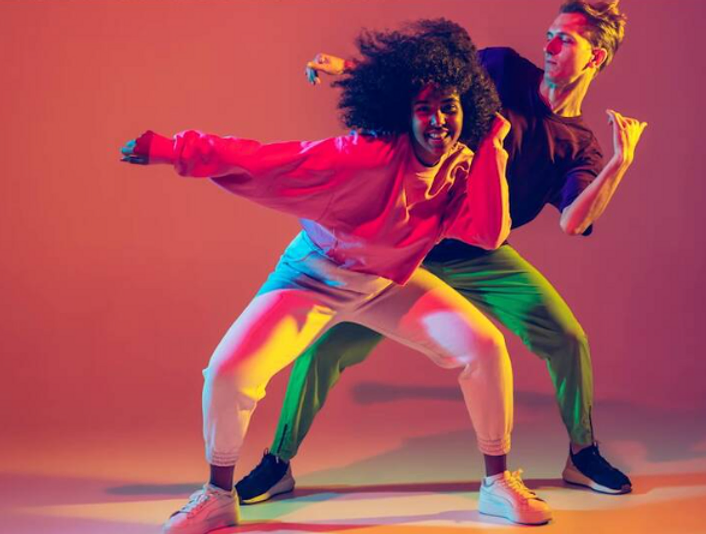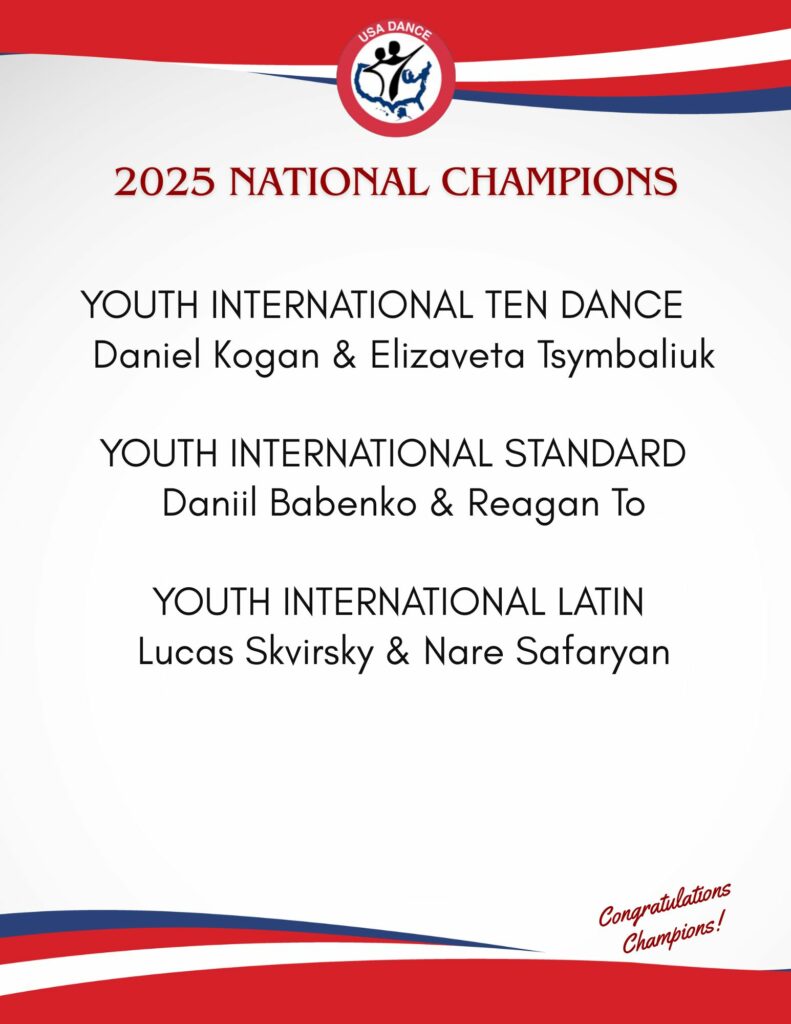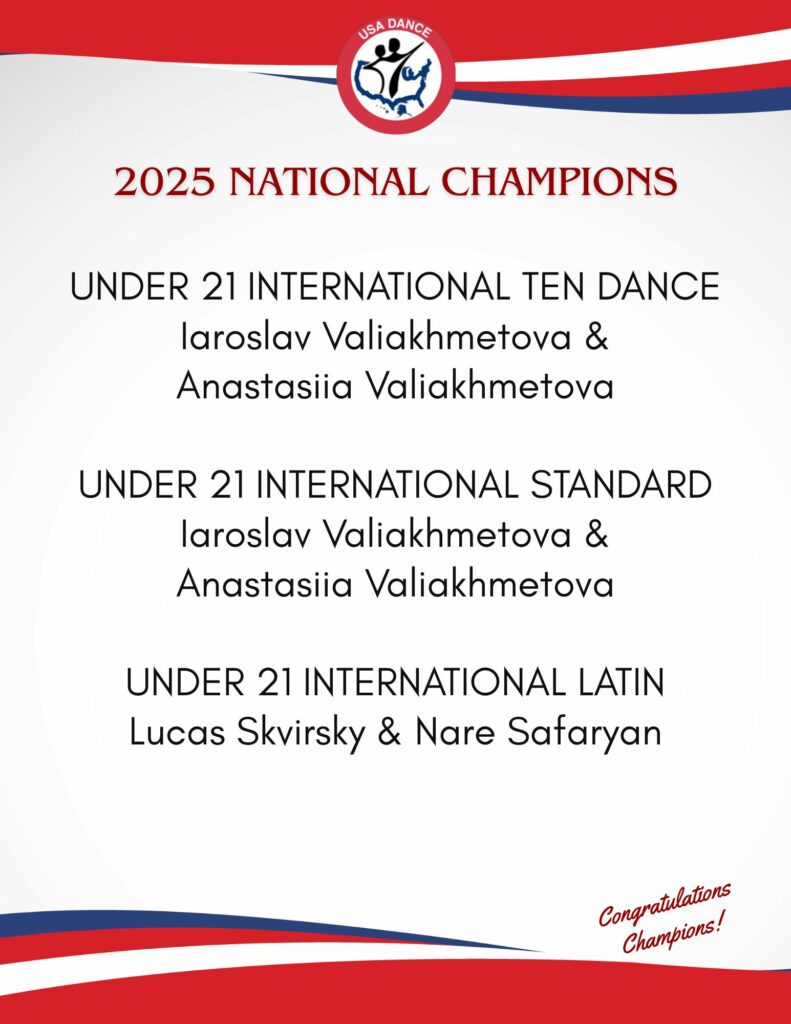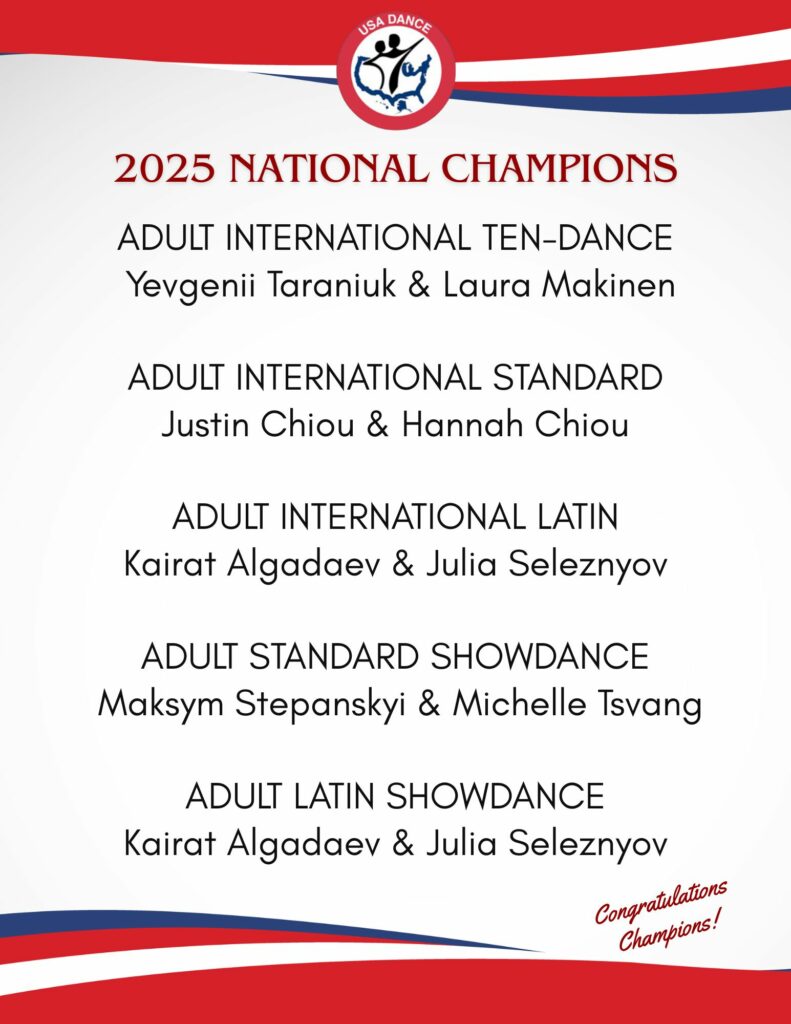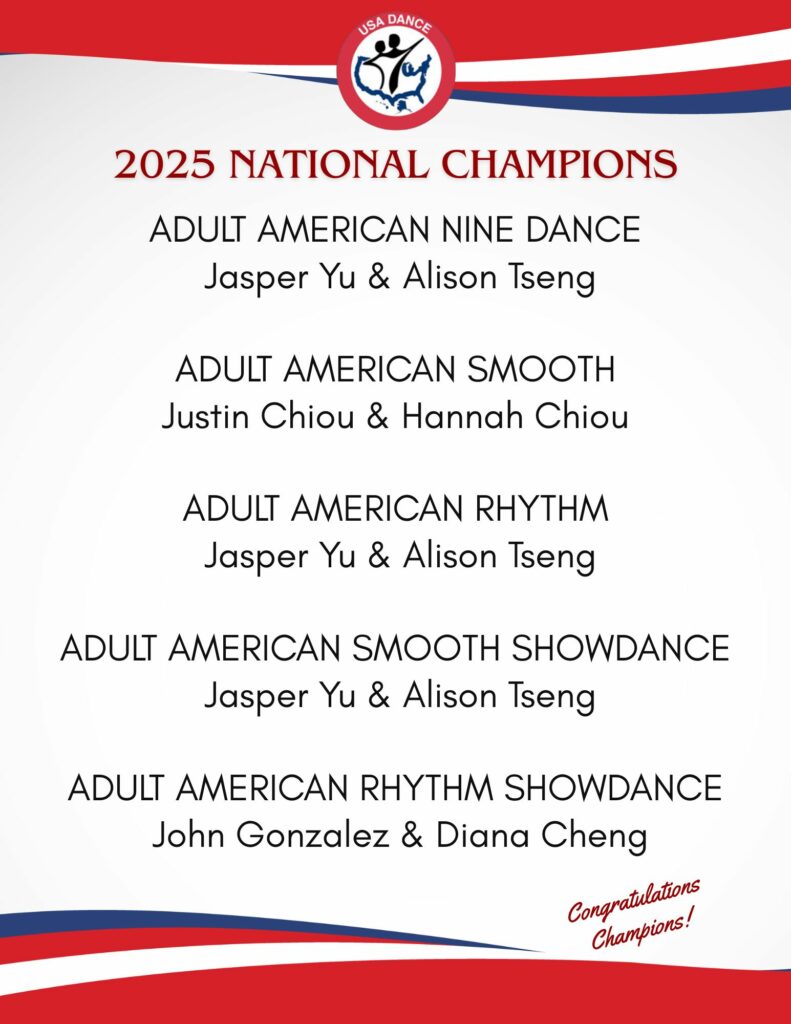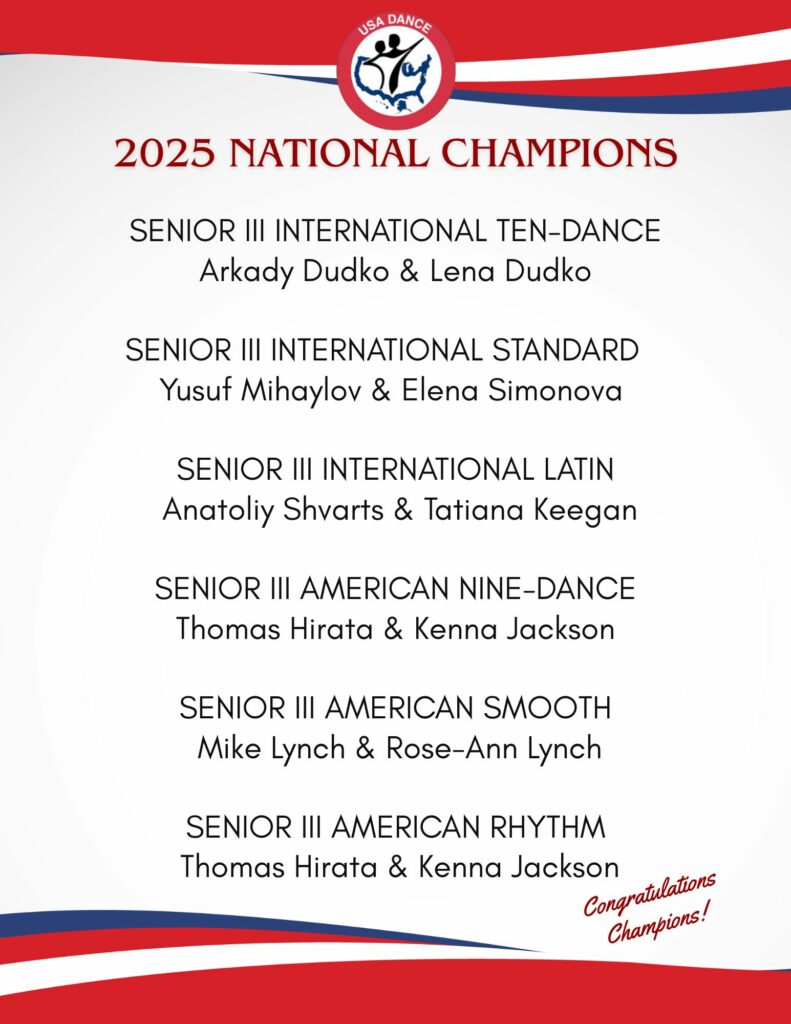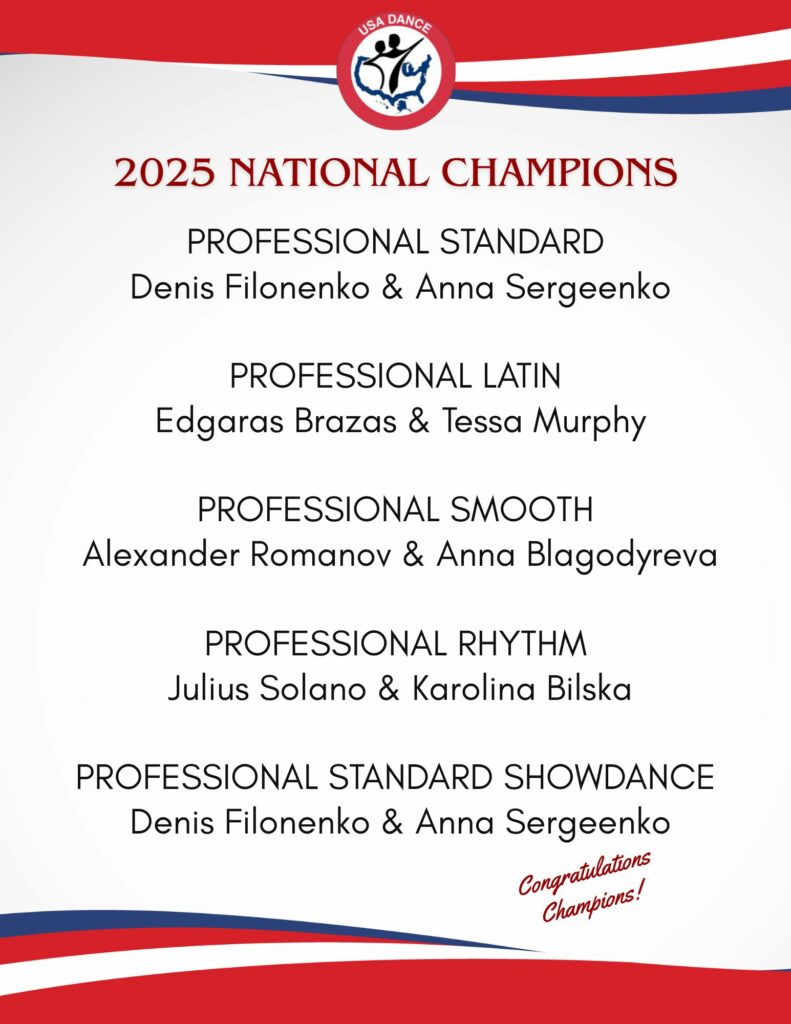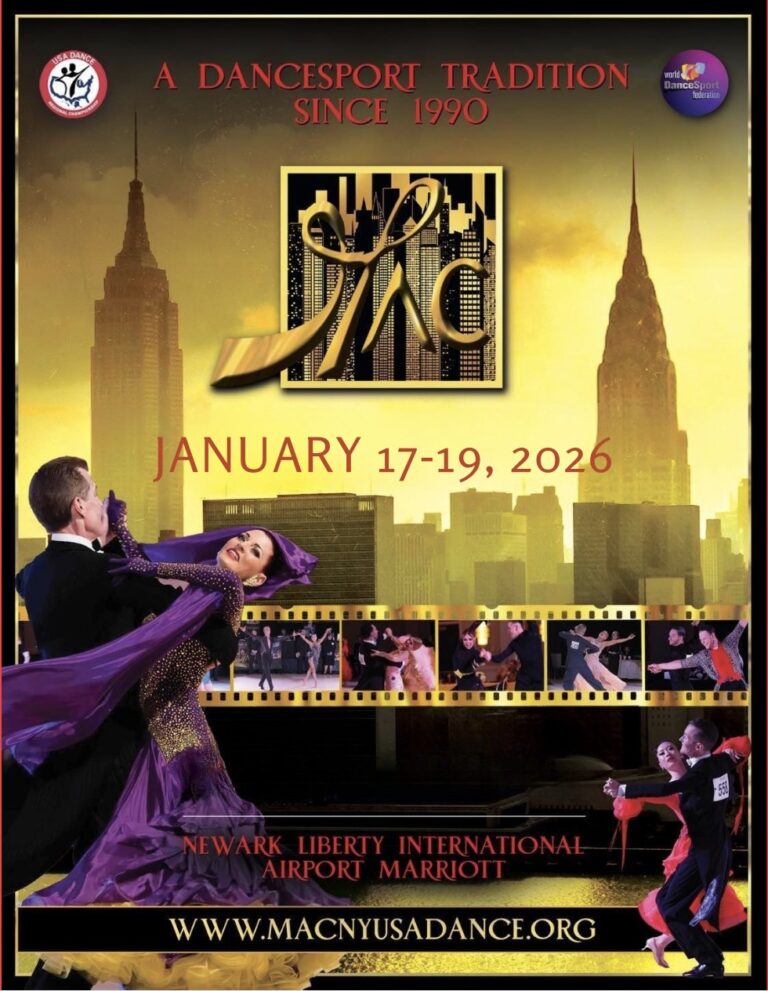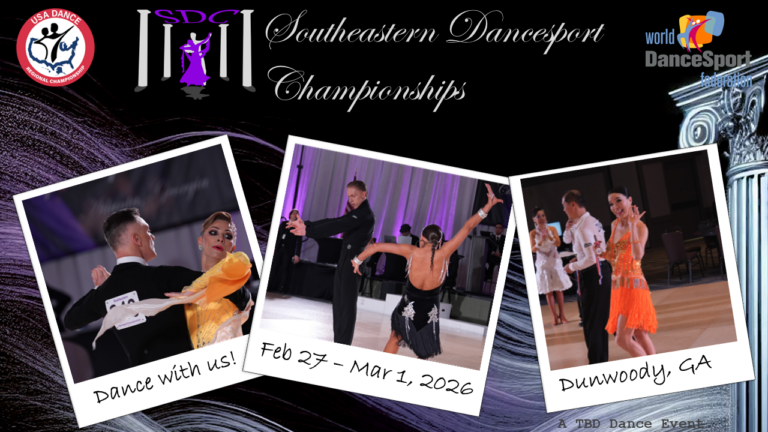Choreography is a powerful tool that allows dancers to express their creativity and tell a story through movement. Whether you’re a seasoned dancer or just starting out, this post will cover everything from understanding musicality and dynamics to creating interesting formations and transitions. We’ll also delve into the importance of collaboration and communication when working with other dancers or choreographers. Join us as we unlock the power of choreography and unlock your full potential as a dancer!
The Importance of Choreography
Choreography plays a vital role in dance performances, as it enhances the overall quality of your performance and helps you create a captivating narrative. By carefully crafting each movement and sequence, dancers can express emotions and tell a story through their performances.
Enhancing Performance Quality
Choreography allows you to showcase your technical skills and artistry, elevating the quality of your performance. By adding intricate movements, formations, and transitions, you can captivate your audience and leave a lasting impression.
Creating a Narrative
Every dance has a story to tell. Choreography helps you convey that story through movement. By carefully selecting and arranging movements, you can create a cohesive narrative that resonates with your audience.
Expressing Emotions
Dance is an expressive art form, and choreography is the vehicle through which dancers can convey their emotions. By combining movements, gestures, and facial expressions, you can evoke powerful emotions and create a deep connection with your audience.
Choosing Music
One of the key elements in choreography is selecting the perfect music that complements your moves and enhances the overall performance. Here are some tips to help you choose the right music:
Matching Rhythm and Tempo
The rhythm and tempo of the music should synchronize with your movements. It’s important to select music that matches the energy and pace of your choreography. This synchronization will create a seamless flow and enhance the impact of your performance.
Considering Dynamics and Mood
Music sets the tone for your dance. Consider the dynamics and mood you want to convey and choose music that aligns with your desired emotional impact. Whether it’s a powerful and energetic piece or a soft and emotional melody, the music should complement your choreography.
Exploring Different Genres
Don’t limit yourself to a specific genre. Experiment with different styles of music to add variety and uniqueness to your choreography. Exploring different genres can also help you discover new movements and expand your creative boundaries.
Mapping Out Movement
Once you have chosen the music, it’s time to map out your movements. Here are some techniques to help you create engaging choreography:
Creating an Outline
Start by outlining the structure of your dance. Break it down into sections and plan the key movements for each section. This will help you maintain a cohesive flow and ensure that your choreography has a clear structure.
Using Different Levels and Spatial Patterns
Incorporate movements at different levels, such as high, medium, and low, to add visual interest and variety. Experiment with spatial patterns, utilizing the full space of the stage, to create dynamic formations and visually engaging choreography.
Utilizing Transitions
Smooth transitions between movements are crucial for maintaining the flow and coherence of your choreography. Pay attention to the transitions between sections and movements, ensuring that they are seamless and enhance the overall performance.
Collaboration and Communication
Choreography often involves working with other dancers or choreographers. Here are some tips to ensure effective collaboration and communication:
Working with Choreographers
When working with a choreographer, it’s important to understand their vision and interpret their instructions accurately. Take the time to communicate and clarify any doubts or concerns you may have. This collaboration will result in a cohesive and harmonious performance.
Understanding Feedback
Feedback is an essential part of the choreographic process. Be open to receiving feedback and constructive criticism from choreographers or fellow dancers. Embrace it as an opportunity for growth and improvement.
Building Trust with Dance Partners
If you’re performing with a dance partner, trust and communication are essential. Practice together, discuss your movements, and establish a connection to ensure a seamless and synchronized performance.
Rehearsal Techniques
Rehearsal is where the magic happens. Here are some techniques to make the most out of your practice sessions:
Breaking Down Choreography
Break down your choreography into smaller sections and practice them individually. This allows you to focus on the details and master each movement before putting them together.
Practicing Timing and Precision
Timing is everything in dance. Practice your choreography with the music, paying attention to the rhythm and beats. Ensure that your movements are precise and synchronized with the music.
Adding Personal Style and Artistry
While learning choreography, it’s important to add your personal touch and artistry. Don’t be afraid to experiment and add your unique style to make the choreography your own.
Performing with Confidence
Performing in front of an audience can be nerve-wracking. Here are some tips to help you perform with confidence:
Overcoming Stage Fright
Stage fright is common among dancers. Practice visualization techniques and positive affirmations to overcome your fears. Focus on your preparation and the joy of performing rather than the fear of making mistakes.
Developing Stage Presence
Stage presence is about captivating your audience and commanding attention. Engage with your audience through eye contact and facial expressions. Exude confidence and passion through your movements.
Connecting with the Audience
Establish a connection with your audience by conveying your emotions and telling a story through your movements. Engage them with your energy and enthusiasm, and make them feel a part of your performance.
Conclusion
Choreography is a powerful tool that allows dancers to express their creativity, convey emotions, and captivate their audience. By understanding the importance of choreography, choosing the right music, mapping out movement, collaborating effectively, and rehearsing with purpose, dancers can unlock their full potential and deliver captivating performances. Remember, practice and perseverance are key to mastering the art of choreography. So keep exploring, experimenting, and refining your skills. Unlock the power of choreography and let your dance journey soar!
Cre8tive Collective, C8C Studio LLC is an online directory dancers can use for a free listing to connect with other dancers and artists all over the world. You can check them out here.

